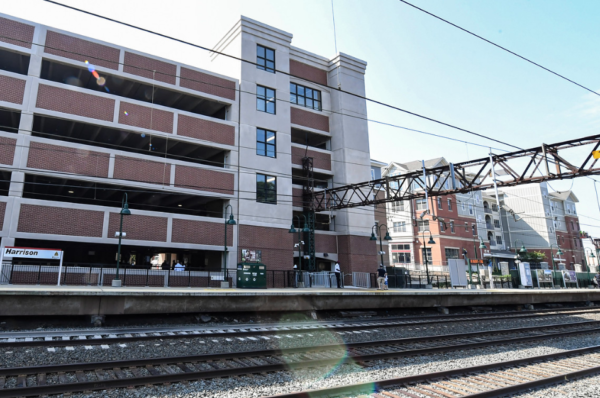Five organizations join to push for housing legislation
Five Westchester and Hudson Valley organizations have joined in a push for the New York State Legislature to pass bills that could help create more housing in numerous communities. The organizations are: the Building and Realty Institute of Westchester (BRI) and the Mid-Hudson Region; the Construction Industry Council of Westchester and Hudson Valley; the Hudson Gateway Association of Realtors; Nonprofit Westchester; and the Westchester County Association (WCA).
They”™re focusing on two sections of the Education, Labor and Family Assistance legislation that is set for funding under the Fiscal Year 2023 Executive Budget as introduced recently by Gov. Kathy Hochul.
Part EE of the legislation, also known as the “Transit Oriented Development Act of 2022,” encourages transit-oriented development and overrides local zoning which may impede development of housing near train stations and bus depots.

Part AA of the legislation, known as the “Accessory Dwelling Unit Act of 2022,” would allow an additional residential unit to be created on all lots with existing residential uses, whether single-family or multifamily. The accessory dwelling units could be attached or detached.
The five organizations joined in a letter to members of Westchester”™s legislative delegation. They underscored that the most recent housing needs assessment conducted by Westchester County found a need for 11,703 new housing units. It also found that more than 20% of Westchester”™s households spend more than 50% of their income on housing.
“The WCA stands side-by-side with the real estate industry, the building trades, and the nonprofit community to bring the importance of this issue to our state lawmakers,” said Michael N. Romita, president and CEO of the WCA. “The economic, social, and environmental costs of inadequate housing extend beyond local boundaries and affect the entire region. This is a statewide issue requiring comprehensive state-level solutions that strongly support accessory dwelling units, transit-oriented development, and smart growth zoning reforms to get this done.”
The letter noted that the Building & Realty Institute has a Welcome Home Westchester campaign designed fight against homelessness and support families in need.
“The budget proposals for accessory dwelling units and transit-oriented developments are modest enough not to meaningfully affect the number of single-family homes and mid-to-high rise buildings but would provide much needed ‘missing middle’ choices for our residents,” said Tim Foley, CEO of the BRI. “This would include duplexes, triplexes, townhouses, bungalow courtyards and other in-context dwellings of all shapes and sizes that would be the same approximate height and scale of existing housing within those neighborhoods.”
Jan Fisher, executive director of Nonprofit Westchester, said, “The creation of accessory dwelling units and transit-oriented development supported in the governor’s budget are important steps in addressing economic and workforce issues that impact the quality of life for all residents and can begin to advance equity for people of color, people with disabilities, low-wage earners and others who have been systemically excluded from viable housing options.”
John T. Cooney Jr., executive director of the CIC, said,“In order for our local communities to thrive they need a range of housing options the governor”™s proposal helps create the sorely missing workforce housing layer. If our region cannot house and retain its workforce our tax base and the region”™s economic vitality will die a slow death.”
According to Richard Haggerty, CEO of HGAR, “We need to stop just talking about the housing crisis in New York and start taking concrete steps to address the severe housing shortage.”
The organizations”™ letter to the state legislators pointed out that ten states have enacted laws specifically encouraging accessory dwelling units.
“Many states require local governments to meet at least a reasonable standard of proof when denying an affordable housing development,” the letter said. “The neighboring states of Massachusetts and Connecticut stand out.”
The letter said that Massachusetts provides funding to municipalities that create mixed-use smart growth districts near transit hubs. It pointed to Connecticut”™s land use appeals procedure that allows developers to appeal in court local zoning and planning commission decisions denying affordable housing developments or approving them with costly conditions. In traditional zoning appeals, the developer must convince the court that the municipality acted illegally, arbitrarily, or abused its discretion. Connecticut now places the burden of proof on the municipality.